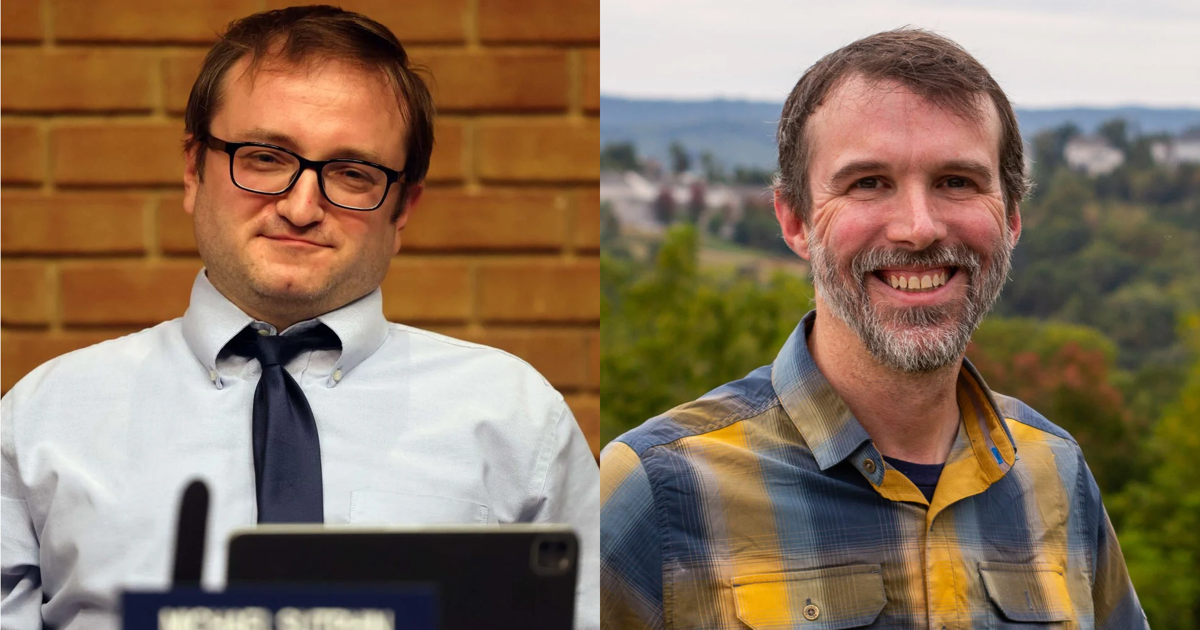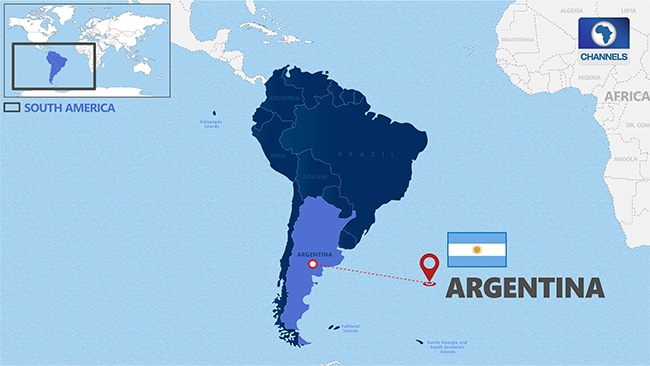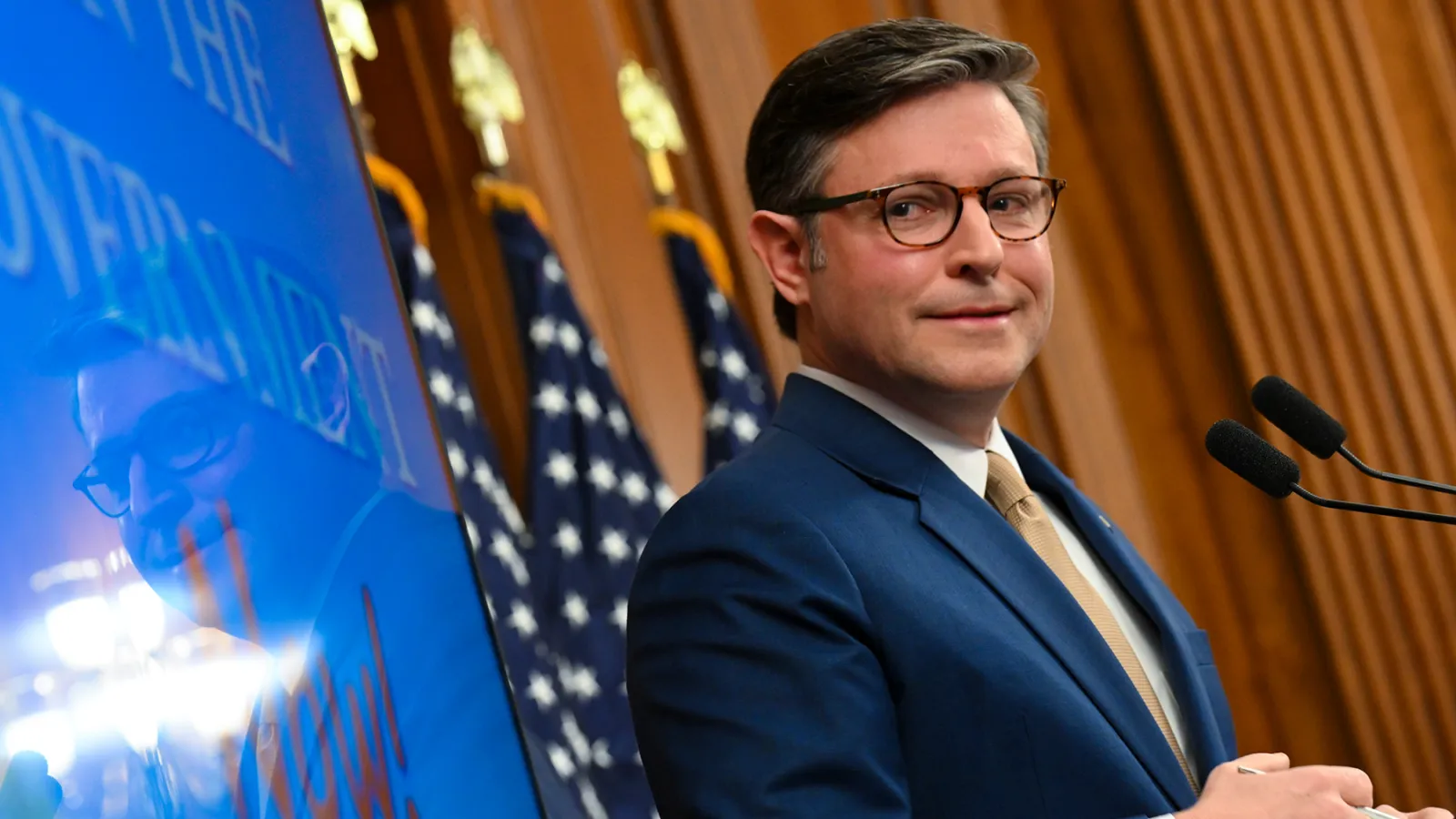Copyright Watts Up With That

According to Reuters, the European Union has finally agreed on a watered-down climate target for 2040 after a long night of political wrangling in Brussels. The headline might read like a victory for European unity, but the story beneath it tells us something quite different: Europe’s climate ambitions are fraying at the edges, caught between utopian promises and economic realities. The deal, struck just before the COP30 summit in Brazil, calls for a 90% reduction in greenhouse gas emissions by 2040 compared to 1990 levels. But that number, bold as it sounds, hides a series of escape hatches. Ministers agreed that up to 5% of the reduction could be achieved by purchasing foreign carbon credits — paying other countries to cut emissions on Europe’s behalf. That means European industries will only need to achieve an actual 85% domestic reduction. In a particularly revealing twist, the EU also agreed to “consider” using another 5% worth of international credits in the future, which would effectively soften the target even more. For all practical purposes, the “90%” headline figure is now little more than political theater, designed to placate activists and bureaucrats alike while leaving ample room for economic pragmatism. As Danish Climate Minister Lars Aagaard put it, “Setting a climate target is not just picking a number, it is a political decision with far-reaching consequences for the continent.” He added that the goal had to be “reached in a way that preserves competitiveness, social balance, and security.” Those are not the words of a man leading a crusade against carbon — they are the words of a politician trying to keep factories open and voters fed. Reuters reports that some nations, like Poland, Slovakia, and Hungary, resisted the 2040 target altogether, citing concerns about the damage to industrial competitiveness. Their opposition was ultimately overruled, but the dissent underscores an important point: the European project of “leading the world” on climate action is now colliding with the hard wall of economic reality. In another concession, the launch of a new EU carbon market was delayed until 2028 — a move clearly meant to soothe anxious member states wary of rising costs. And it’s not hard to see why. European manufacturers are already facing high energy prices, supply chain disruptions, and competition from cheaper Chinese imports and U.S. goods. Piling on another layer of climate regulation was bound to push some of them over the edge. Originally, the European Commission had proposed a stricter framework: a 90% domestic emissions cut with only 3% flexibility through carbon credits. Its own scientific advisers had warned against buying foreign CO₂ offsets, arguing that such schemes “divert much-needed investments away from European industries.” But those warnings were ignored once the political negotiations began. Countries like France and Portugal lobbied for a 5% carbon-credit loophole, while Poland and Italy wanted as much as 10%. The divide reveals a truth that climate idealists prefer to ignore: for many governments, the rhetoric of decarbonization stops where industrial survival begins. As Polish Deputy Climate Minister Krzysztof Bolesta said bluntly, “We don’t want to destroy the economy. We don’t want to destroy the climate. We want to save both at the same time”. In practice, that means the EU’s vaunted “science-based” targets are being reshaped not by scientists but by accountants and trade ministers. The bloc’s independent climate panel might say that only full domestic reductions count as “in line with science,” but policymakers have different priorities — especially when those scientific models come with astronomical costs and uncertain benefits. The backdrop to this entire debate is telling. The article notes that COP30 will “test the will of major economies to keep fighting climate change in the face of opposition from U.S. President Donald Trump.” Once again, climate politics are framed as a moral contest — a clash between the virtuous and the heretical. Yet the very fact that the EU felt compelled to weaken its target betrays an uncomfortable truth: even Europe’s political class recognizes the limits of its green crusade. This is the inevitable outcome of treating energy policy like a theology rather than a trade-off. The Green Deal promised both economic growth and deep decarbonization, but now member states are realizing they can’t have both. You can’t tax, regulate, and subsidize your way to prosperity while deliberately strangling your cheapest and most reliable energy sources. The European ministers’ midnight compromise, for all its flaws, may actually be the first sign of sanity creeping back into the conversation. After years of posturing about “net zero at any cost,” the bloc is now quietly admitting that there are costs — and they’re steep. The carbon-credit loopholes, the delayed market mechanisms, the vague promises to “consider” future adjustments — all of these are political ways of saying the same thing: the dream is shrinking to fit the budget. According to Reuters, some governments still argued for keeping the higher targets on the grounds that worsening extreme weather “requires ambitious goals” and that Europe must “catch up with China” in green manufacturing. Yet even those appeals ring hollow when one recalls that China’s emissions continue to rise year after year, with new coal plants opening monthly. “Catching up with China” in green manufacturing sounds noble, until you realize it means subsidizing expensive technologies to compete with a country that has no intention of playing by the same rules. The EU’s decision is, therefore, less a triumph of diplomacy than a quiet admission of failure — or, more charitably, a long-overdue encounter with economic gravity. Europe has been trying to lead the world into a low-carbon future for three decades now, and what it has mostly achieved is higher energy prices, shuttered industries, and rising political discontent. Each new “target” merely pushes the problem further down the road, to be redefined again in another crisis meeting years later. When Lars Aagaard said the EU must balance “competitiveness, social balance, and security,” he was describing the real hierarchy of priorities — one that climate idealists pretend doesn’t exist. Those words, buried in the middle of a Reuters dispatch, are far more honest than any of the slogans that will be shouted at COP30. The lesson here is simple: reality always wins. You can promise 90% cuts, 100% renewables, or net-zero utopia, but in the end, the factories must run, the lights must stay on, and people must be able to afford to live. The EU’s new “weakened” climate target isn’t a betrayal of the cause — it’s a confession that the cause was unrealistic from the start. If the architects of Europe’s climate policy truly want to save both the economy and the environment, they might start by abandoning the illusion that central planners can fine-tune the global climate through accounting tricks and summit speeches. The world does not bend to political deadlines, and the atmosphere doesn’t respond to press releases. It’s time policymakers did.



